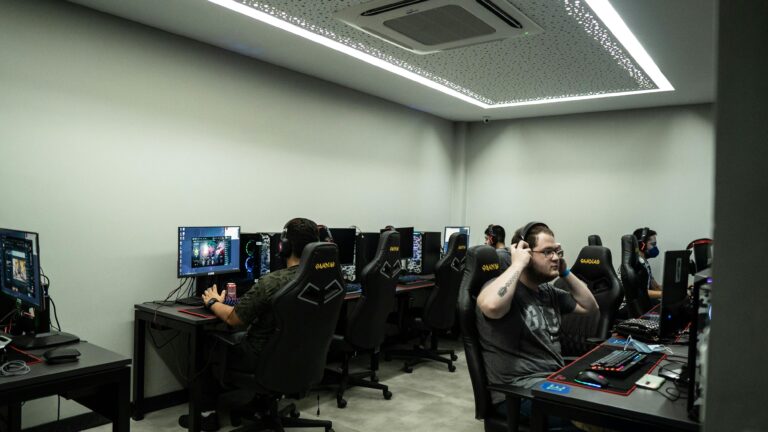The Future of Wearable Tech in Sports and Fitness
In just a few short years, wearable technology has gone from niche novelty to essential gear for athletes, fitness enthusiasts, and everyday users alike. Smartwatches, fitness trackers, heart rate monitors, and smart clothing have completely changed how we approach training, performance, and recovery. But what’s next for this booming market? The future of wearable tech in sports and fitness looks smarter, more personalized, and more connected than ever before.
Smarter Data, Smarter Decisions
Right now, most wearable devices focus on metrics like heart rate, steps, sleep, and calories burned. While helpful, this data often needs interpretation. The next wave of wearables will go beyond basic tracking. Artificial intelligence and machine learning will allow devices to analyze your unique patterns and suggest personalized insights in real time. Instead of just saying you didn’t sleep well, your wearable might recommend specific changes to your bedtime routine—or automatically adjust your workout intensity based on your recovery score.
For athletes, this means individualized training programs that adapt daily based on performance, stress levels, and biometrics. Coaches can use this data to prevent overtraining, customize game plans, and optimize performance.
Injury Prevention and Recovery
One of the most promising areas in wearable tech is injury prevention. Devices are starting to track not just movement, but how you move—analyzing stride, gait, joint angles, and muscle engagement. These insights can help identify poor form, fatigue, or biomechanical issues before they lead to injury.
Take smart insoles, for example. These can track pressure distribution and foot alignment to prevent stress fractures or plantar fasciitis. Compression gear with embedded sensors can detect abnormal muscle vibrations that may signal strain. In the future, expect wearables to offer real-time alerts to correct your posture or even stop you mid-rep if you’re at risk of injury.
Post-injury, wearables can assist with rehabilitation by tracking healing progress, monitoring joint mobility, and ensuring patients complete their prescribed therapy routines correctly.
Biohacking and Real-Time Feedback
Biohacking—the practice of optimizing the body using tech and science—is becoming more mainstream thanks to wearable innovations. Devices are already monitoring heart rate variability (HRV), blood oxygen levels, skin temperature, and even glucose levels. Soon, athletes and wellness enthusiasts will use continuous data streams to make instant decisions about hydration, fueling, training intensity, and rest.
Imagine a smartwatch that can detect electrolyte imbalance and prompt you to drink water with added minerals—or a headband that reads brainwave activity and guides you into a focus zone before a big game.
The Rise of Smart Clothing
While watches and rings dominate the current market, smart clothing is on the rise. Shirts, shorts, and leggings embedded with biometric sensors can provide a more accurate full-body analysis without needing multiple devices. These garments can measure muscle activation, breathing rate, core temperature, and even emotional stress levels.
Professional sports teams are already testing these innovations to monitor players during practice and improve conditioning. As prices drop and design improves, smart apparel will become more accessible to everyday gym-goers, runners, and cyclists.
Integration with the Digital Ecosystem
As wearables become more powerful, they’re also becoming more connected. Fitness apps, digital health records, and even telehealth platforms are beginning to sync with wearable tech. This means your personal trainer, doctor, and even your nutritionist could all access your real-time data—offering a truly holistic approach to health and performance.
This integration will also enable more immersive experiences, like virtual reality workouts that adjust based on your physical condition or augmented reality training sessions guided by your biometrics.
The future of wearable tech in sports and fitness is about more than just counting steps—it’s about unlocking real-time intelligence that empowers you to train smarter, stay healthier, and reach your goals faster. As technology evolves, wearables will shift from passive trackers to proactive performance partners, guiding users through every step of their fitness journey.
From the gym floor to the soccer field, the next generation of wearables isn’t just coming—it’s already here, and it’s changing the game.







